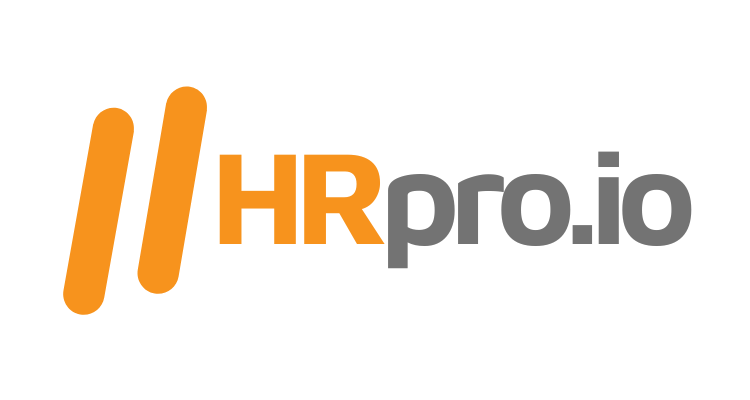In today’s dynamic business landscape, controlling healthcare costs has become a critical priority for CFOs of mid-size companies. As healthcare expenses continue to rise, innovative strategies are essential to not only manage costs but also optimize employee health benefits. In this blog post, we’ll explore three cutting-edge cost-saving strategies that every CFO should consider implementing.
- Self-funding: One of the most impactful cost-saving strategies gaining traction among mid-size companies is self-funding or self-insurance. Unlike traditional health insurance plans where companies pay fixed premiums to insurance carriers, self-funding involves the employer assuming the financial risk for providing healthcare benefits to employees. Instead of paying predetermined premiums, the company sets aside funds to cover employees’ medical claims directly.
Self-funding offers several advantages for CFOs seeking to control healthcare costs. Firstly, it provides greater flexibility and customization in plan design, allowing companies to tailor benefits to meet the unique needs of their workforce. Secondly, by bypassing insurance carriers, administrative expenses are significantly reduced, resulting in potential cost savings. Additionally, self-funding enables employers to access claims data, empowering them to identify cost drivers and implement targeted cost-containment strategies.
- Telemedicine and Virtual Care: The adoption of telemedicine and virtual care solutions has surged in recent years, offering cost-effective alternatives to traditional in-person healthcare services. Telemedicine allows employees to consult with healthcare providers remotely via video conferencing or phone calls, reducing the need for costly office visits and emergency room visits for non-emergency issues.
CFOs can leverage telemedicine to lower healthcare expenses by offering it as part of their employee benefits package. By encouraging employees to utilize telemedicine for routine medical consultations and minor ailments, companies can mitigate unnecessary healthcare spending while improving access to care for employees, particularly those in remote locations or with limited mobility.
- Wellness Programs and Preventive Care Initiatives: Investing in employee wellness programs and preventive care initiatives can yield substantial cost savings for mid-size companies in the long run. By promoting healthy behaviors and proactive healthcare management, CFOs can reduce the incidence of chronic diseases, lower absenteeism rates, and enhance overall workforce productivity.
Wellness programs may include initiatives such as smoking cessation programs, weight management initiatives, stress reduction workshops, and subsidized gym memberships. Moreover, incentivizing preventive screenings and immunizations can help identify health issues early on, preventing costly complications down the line.
In conclusion, revolutionizing healthcare spend requires CFOs to adopt innovative cost-saving strategies that prioritize both financial efficiency and employee well-being. From embracing self-funding to leveraging telemedicine and investing in preventive care, mid-size companies have a myriad of opportunities to optimize their healthcare benefits while containing costs. By implementing these cutting-edge strategies, CFOs can position their organizations for long-term financial sustainability and competitive advantage in today’s challenging business environment.

Recent Comments